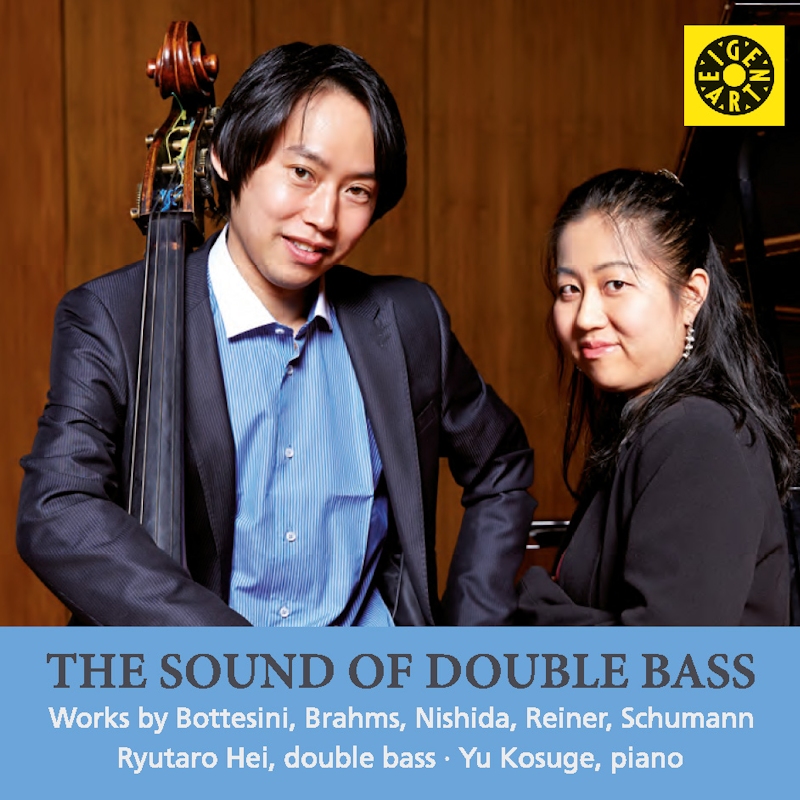Logowanie
Dlaczego wszystkjie inne nie brzmią tak jak te?
Chai Lang, Fan Tao, Broadcasting Chinese Orchestra
Illusive Butterfly
Butterly - motyl - to sekret i tajemnica muzyki chińskiej.
SpeakersCorner - OSTATNIE!!!!
RAVEL, DEBUSSY, Paul Paray, Detroit Symphony Orchestra
Prelude a l'Apres-midi d'un faune / Petite Suite / Valses nobles et sentimentales / Le Tombeau de Couperin
Samozapłon gwarantowany - Himalaje sztuki audiofilskiej
PROKOFIEV, Stanislaw Skrowaczewski, Minneapolis Symphony Orchestra
Romeo and Juliet
Stanisław Skrowaczewski,
✟ 22-02-2017
BARTOK, Antal Dorati, Philharmonia Hungarica
Dance Suite / Two Portraits / Two Excerpts From 'Mikrokosmos'
Samozapłon gwarantowany - Himalaje sztuki audiofilskiej
ENESCU, LISZT, Antal Dorati, The London Symphony Orchestra
Two Roumanian Rhapsodies / Hungarian Rhapsody Nos. 2 & 3
Samozapłon gwarantowany - Himalaje sztuki audiofilskiej
Winylowy niezbędnik
ClearAudio
Cartridge Alignment Gauge - uniwersalny przyrząd do ustawiania geometrii wkładki i ramienia
Jedyny na rynku, tak wszechstronny i właściwy do każdego typu gramofonu!
ClearAudio
Harmo-nicer - nie tylko mata gramofonowa
Najlepsze rozwiązania leżą tuż obok
IDEALNA MATA ANTYPOŚLIZGOWA I ANTYWIBRACYJNA.
Wzorcowe
Carmen Gomes
Celebrating the art and spirit of music - vol. 5 - Reference Songs
- CHCECIE TO WIERZCIE, CHCECIE - NIE WIERZCIE, ALE TO NIE JEST ZŁUDZENIE!!!
Petra Rosa, Eddie C.
Celebrating the art and spirit of music - vol. 3 - Pure
warm sophisticated voice...
SAMPLER - STS DIGITAL, Gregor Hamilton
Celebrating the art and spirit of music - vol. 2 - Love songs from Gregor Hamilton
...jak opanować serca bicie?...
SAMPLER - STS DIGITAL
Celebrating the art and spirit of music - vol. 1 - Leonardo Amuedo
Największy romans sopranu z głębokim basem... wiosennym
Lils Mackintosh
Celebrating the art and spirit of music - vol. 4 - A Tribute to Billie Holiday
Uczennica godna swej Mistrzyni
BOTTESINI, BRAHMS, SCHUMANN, Ryutaro Hei, Yu Kosuge
The soud of double bass
- Ryutaro Hei - double bass
- Yu Kosuge - piano
- BOTTESINI
- BRAHMS
- SCHUMANN
Managing to convey the Adagio and Allegro op. 70 by Robert Schumann clearly on the double bass with piano makes huge demands on the interpreter. Capturing the wit and rhythmic charm, but also the plaintiveness without lamentation in the Double Bass Sonata by Karel Reiner is a challenge on this weighty instrument, which even for the smallest sound requires the greatest physical effort. The same applies to the solo piece "Reincarnation" by Yumiko Nishida. After all, this premiere recording of a rebirth shouldn't be a tough or cumbersome event! The Brahms sonata on the other hand, which everyone has in their head in the original version for cello, mustn't create the impression that something is lost in the transfer from the cello to the double bass. Instead, it needs to add something new to the appeal of an old friend. And that scourge Giovanni Bottesini, who ultimately strikes fear and dread into the heart of every bass player: or almost every bass player. Ryutaro Hei masters every task with bravura, not least thanks to his congenial partner at the piano, Yu Kosuge. A very successful debut on the EigenArt label.
See reviews for this production
 www.audio.de (06/01/2016):
www.audio.de (06/01/2016):
 Klassik heute (10/22/2015):
Klassik heute (10/22/2015):
Zugegeben, der Kontrabass ist nicht gerade das zugkräftigste Soloinstrument. more...
























